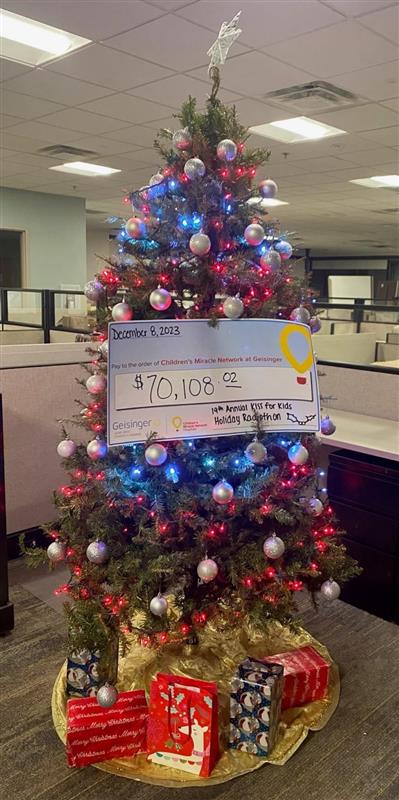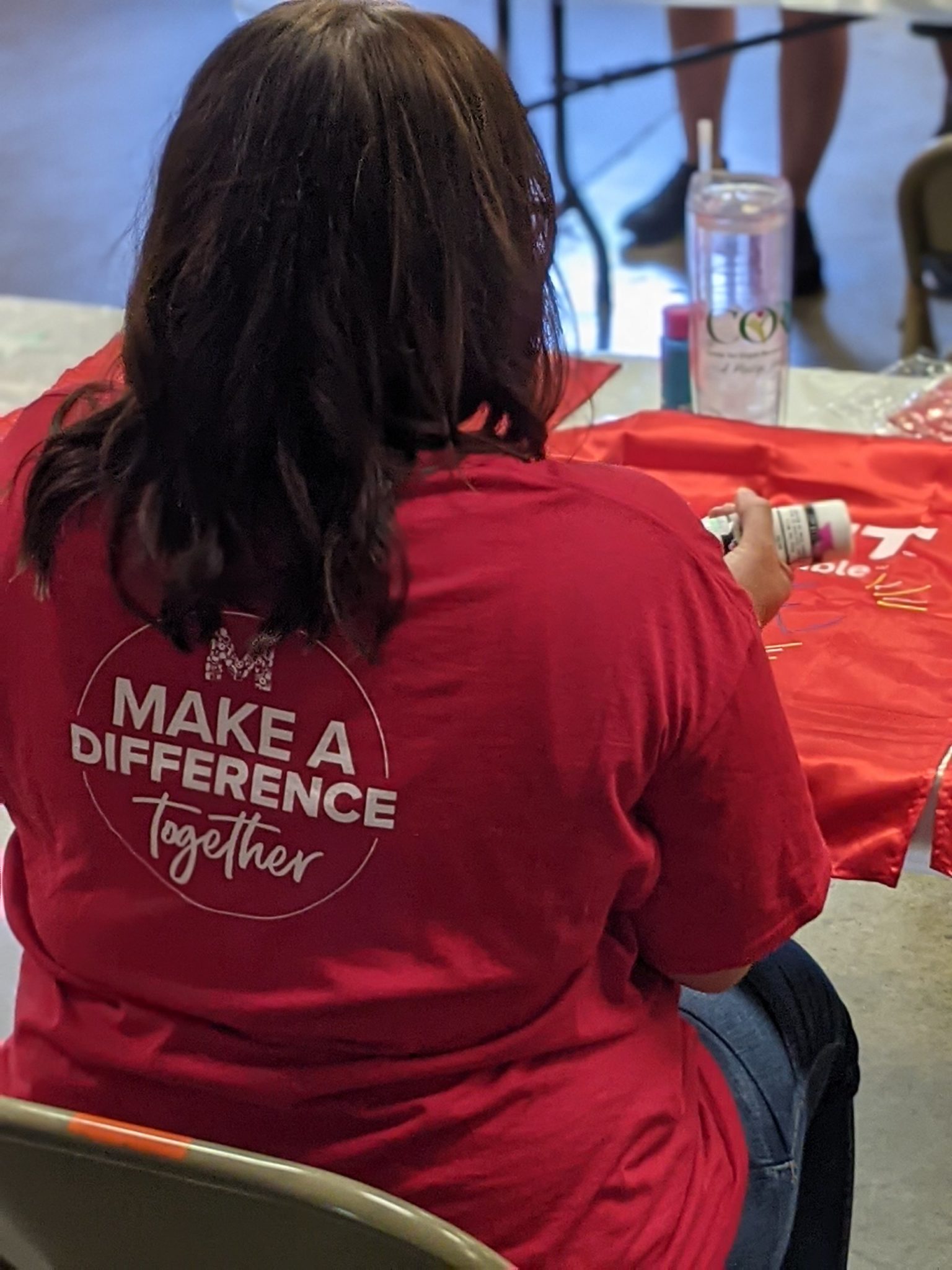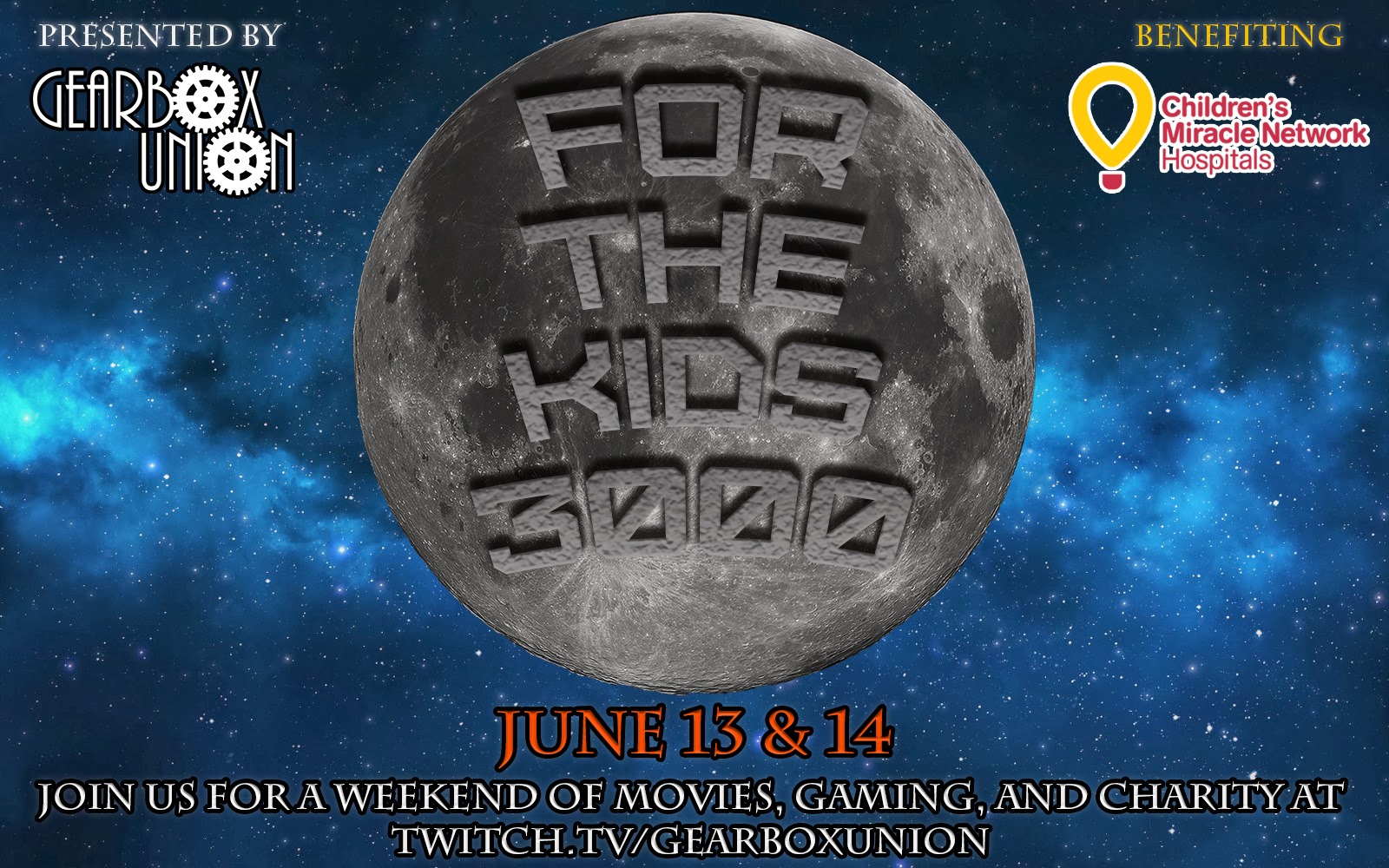2016 Miracle Kid Carter Mattucci

Four-year-old Carter Mattucci is an attention-seeking, fun-loving, intelligent boy who will offer anyone a hug.
He enjoys watching the Mickey Mouse Clubhouse, playing with his little sister and playing soccer — and he can tell you all about the human body, including the digestive system. When asked where digestion begins, Carter responds very thoroughly.
“Food goes in your mouth and then past your uvula. Down your esophagus, then to your stomach. Into the little intestine and the large intestine… then you poop it out!” he says with a big smile.
Besides his huge personality, Carter’s parents, Heather and Daniel Mattucci of Mount Carmel, can’t say enough about their son’s huge heart, as demonstrated by how protective he is of his younger sister Laila.
“He loves his sister. I took the two of them for an appointment for her eyes, thinking it would be fine. They had to put drops in her eyes and we had to hold her down while the nurse was doing it,” Heather said. “Carter was upset and started screaming, ‘Don’t touch my sister!’ and ‘Leave my sister alone!’ He is very protective of her. They are only 18 months apart.”
While Carter’s huge heart is evident to everyone he meets, it was his heart that posed life-threatening issues for him when he was born.
Carter was diagnosed prenatally with tricuspid atresia, which means the right side of his heart was too small to support the cardiac output for his body. The diagnosis meant that Carter would have to undergo several stages of surgery called a single ventricle palliation.
“He was born here at Geisinger and spent some time in the Neonatal Intensive Care Unit,” said Shirah Shore, M.D., director of pediatric echocardiology. “When he was 2 weeks old he had the first stage of treatment, which is a banding procedure to limit the blood flow to the lungs.”
The banding was a temporary procedure to protect his lungs from damage. It allowed Carter to grow and get stronger for the second stage of his treatment, the Glenn procedure, which he had at about 6 months old. That procedure diverted some oxygen-depleted blood directly to his lungs. He recovered nicely, but his parents needed to check his oxygen saturation three times a day until he could have the final part of his surgery.
“He was on minimal medication — just aspirin and stomach medication after the second surgery — but he was blue in color,” Heather said. “He had blue lips and blue fingertips. We were very fortunate, however, that he didn’t need to be in and out of the hospital.”
Finally when Carter turned 3 years old, he was ready for the third and final stage of his treatment, the Fontan procedure. In this surgery doctors connect the main pulmonary artery and the vessel returning oxygen-depleted blood from the lower part of the body to the heart, allowing the rest of the blood coming back from the body to go to the lungs. The procedure allows the single pumping chamber of the heart to pump blood to the body.
“When he was in the Pediatric Intensive Care Unit, he was pink,” Heather said with a smile. “It was amazing. Our child had a major surgery. He looked bad, but it was refreshing to see he was not blue any longer.”
A few days after the surgery, Carter developed a slight complication with a pleural effusion, which is when fluid builds up around the lungs.
“A pleural effusion is a common complication with kids who have the Fontan procedure,” Heather said. “They just aren’t able to get the fluid out. He bounced back so quickly and since then he has been doing wonderfully.”
Carter was only in the hospital for one week following the procedure. When he returned home, his parents could see an immediate difference.
“It’s funny, because before the last surgery he would get so tired so easily,” Heather added. “He still gets tired more than an average kid his age, but the energy level just shot up after his last surgery, which is great.”
Dr. Shore agrees that Carter is doing very well and stresses that he has no limitations from the early congenital defect.
“He is a normal kid now. He runs around, he is very smart. He is finished with his palliation, so it is basically maintaining things from this point on,” she said. “He is not limited at all in terms of what he can do. It would be difficult for him to be a competitive athlete, but he can certainly play sports and we don’t limit kids like Carter.”
Carter plays soccer — sometimes according to his father.
“He certainly is not the all-star on the soccer field,” Daniel says with a laugh. “At one point the coach had to say, ‘Carter, open your eyes’ because he was standing in the middle of the field with his eyes closed.”
“He likes to eat at soccer games,” Heather added. “His coach tells him he has to swallow his food before he gets out on the field.”
William Malone, MD, pediatrician at Geisinger Knapper Clinic, has been Carter’s general doctor since he was born. He has seen a huge difference since Carter completed his surgeries.
“I’ve been working with him through all of his heart difficulties,” Dr. Malone said. “He has done remarkably well. He is developing into a loving boy who really — unless you are alert to it — you would not know anything was wrong with him. He was a blue fellow, and through his three surgeries, he has gotten better with each one.”
Aside from seeing Dr. Malone for routine illnesses or problems, Carter has regular visits with Dr. Shore every six months at Geisinger Janet Weis Children’s Hospital.
“Dr. Shore has been amazing for Carter. He gives her hugs every time we go to see her. She is top doc for him,” Heather said. “She has always looked out for Carter and been an advocate for him.”
The feeling is mutual for Dr. Shore.
“Carter is an amazing kid,” she said. “And they are such wonderful parents and such a loving family.”
Carter takes a minute to step back in the room after playing with Laila. He carries his favorite stuffed animal, Tigger, under his arm, which his parents say will never come clean no matter how much they wash it.
“Carter, why is your hair wet?” Daniel asks.
“Because I had to fix it,” he answers.
His response brings laughter to his parents.
“I hope people realize what a special kid he is,” Heather said. “We are thrilled that he is getting this honor as a miracle child for Geisinger.”
Donations to Children’s Miracle Network at Geisinger have helped provide the pediatric catheterization lab at Geisinger Janet Weis Children’s Hospital, where Carter has been examined many times. Specialized equipment, such as state-of-the-art echocardiogram machines and EKG machines, have also been provided for the pediatric cardiology department with Children’s Miracle Network funds. Pulse oximeter machines and playroom toys are made available at Geisinger Knapper Clinic in Danville where Carter as been routinely followed. Also Carter has been a participant in the Reach Out and Read Program offered by his pediatrician at the Knapper Clinic, which is also funded by donations.






